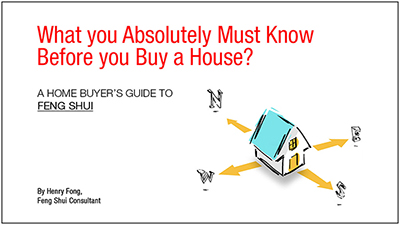Structures that generate “Sha” or “Killing Energy” such as a high tension pylon can depreciate the good quality of a house or certain sectors of the house if they are near enough. The popular question is how near is too near? This is a difficult question to answer as it depends on the type and size of the structures.
Take a look as the FAQ below. It may give you an answer.
Plus I have a bonus question and answer on the dragon and tiger. I am referring to the side of the house rather than the animal zodiac!
Is it bad Feng Shui if there is a Tenaga substation next to my house?
I would assume that you are referring to the single storey room-like structure that is commonly found in housing estates. These sub-stations house step-down transformers that convert high tension (or high voltage) into low voltage for distribution to the nearby homes.
From a Feng Shui the qi emitted by these transformers are relative low. Furthermore these qi (both electric and magnetic) are enclosed and shunted by brick walls. It is safe to live next door to one.
However I will still not recommend you buy such a house. Why? Let me explain. Home buyers as a rule are very sensitive about such things. Many worry about high tensions pylons located even as far as 2 km away which from a Feng Shui perspective is harmless or insignificant. Many see having an electrical substation next to the house as dangerous or bad Feng Shui and are likely to refrain from buying the house. This will negatively affect the resale value.
I live on the 34th floor of my apartment. However at ground level, my apartment block faces a T-Junction. Should I worry?
It is not auspicious if you live in a house that is located at the T of a T-junction and directly facing the incoming room. Worse if the junction is a busy one. However the negative effect is usually limited to the ground, and first floor. Perhaps higher if the junction is a busy one.
If you are located on the 34 floor, you are quite safe. Another example is an apartment unit facing a high tension pylon. These pylon are usually at a certain level for example between the 7th to 9th floor. Again if you are located on the 34 floor, the negative effective is minimal due to the distance and the fact that your downstairs neighbors would have absorbed most of the energy.
In practice, if you must, it is better to buy a unit that is on the opposite side of the pylon. Let you neighbors take the heat!
This brings us to how near is near enough. It depends on the type of sha. This is a very tough question to answer. Feng Shui is an observational meta science. Most of recommendations are based on years of observation. Ideally the further away is better and the safest. But you may wish to take note of a comment by an ancient Master. He says that “sha”, structure and land forms must be relatively near to positively or negatively affect your home. This brings me to a yardstick that I use for deciding whether a “sha” is too near, “When in doubt, stay further away!”.
Is it true that my main door must be on the left or Dragon side of my house (inside looking out)?
The left side of the house (when looking out of the facing) is known as the Dragon side and it is associated with the man of the house. The right side is know as the Tiger side and is associated with the women of the house.
Some schools of thought believe that if the door is on the Dragon side, it will benefit the man of the house. Similarly if the Dragon side of the house is higher.
It is thought that it would be disastrous if the door is on the Tiger side or the Tiger side is higher. Then the woman takes charge and the man is reduced to nothing!
This is of course not necessarily true and most systems of Feng Shui allow doors on the left and right side depending on which is more auspicious.
In any case, it is quite acceptable for the woman in the house to be ‘successful’. It helps with the household expenses. And the man gets to play more golf!
In the next segment, I will answer questions related to the the house facing and Feng Shui systems.
